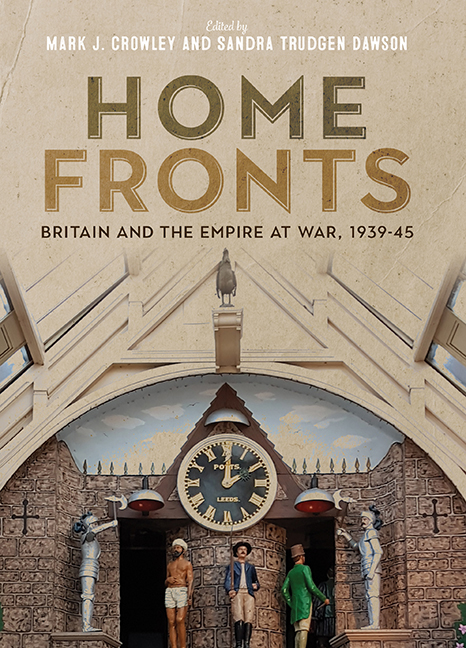This book is about yachting, which is usually understood as leisure sailing, in which wind power is the major form of propulsion. So, this history covers all forms of yachting, including dinghy and keelboat sailing. It does not include motor yachts nor windsurfing, since this sport seems to relate more to the use of boards rather than boats.
Yachting has played an important part in this nation's leisure. It has long been a major, socially significant leisure activity. It proffered status, signified by yacht ownership and membership of yacht clubs. As part of our cultural and social history, leisure sailing can illuminate the wider society of which it is part – its values, its beliefs and its paradoxes.
Additionally, yachting has a much wider range of literature than other sports. Tom Cunliffe, introducing his In the Wake of Heroes puts it well: ‘Those of us who go down to the sea, whether for leisure, war or commerce, are incomparably blessed with good reading matter. Indeed, I believe no other sport or form of transport is so richly endowed.’
Other sports have their ‘How to’ books, autobiographies and biographies, but yachting has also generated thousands of accounts of passages and voyages, as well as some major fiction. More than other prestige sports, it has been represented in other media, such as painting and music.
Why a New History of Yachting is Needed
There has not been a history of yachting published for many years. The standard yacht histories, such as Heaton's Yachting: A History (1955) or Phillips- Birt's The History of Yachting (1974) are now some fifty years old.
Theirs was the ‘big history’ approach: important, rich owners, often public figures, owning large racing yachts, designed and built by the top yards, with large, professional crews, taking part in prestigious yacht races, being organised by the long-established ‘royal’ yacht clubs for large, silver cups, in one of the major yachting centres, such as Burnham-on-Crouch, the Clyde or the Solent, especially Cowes.
